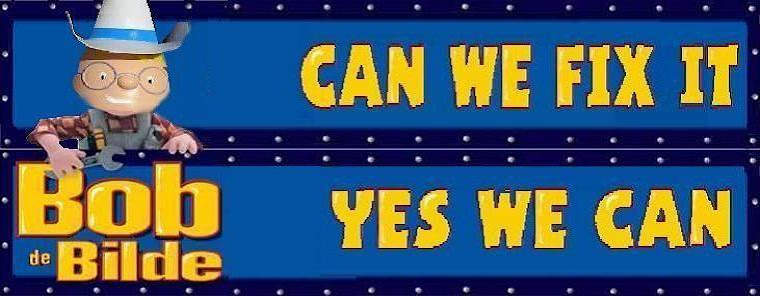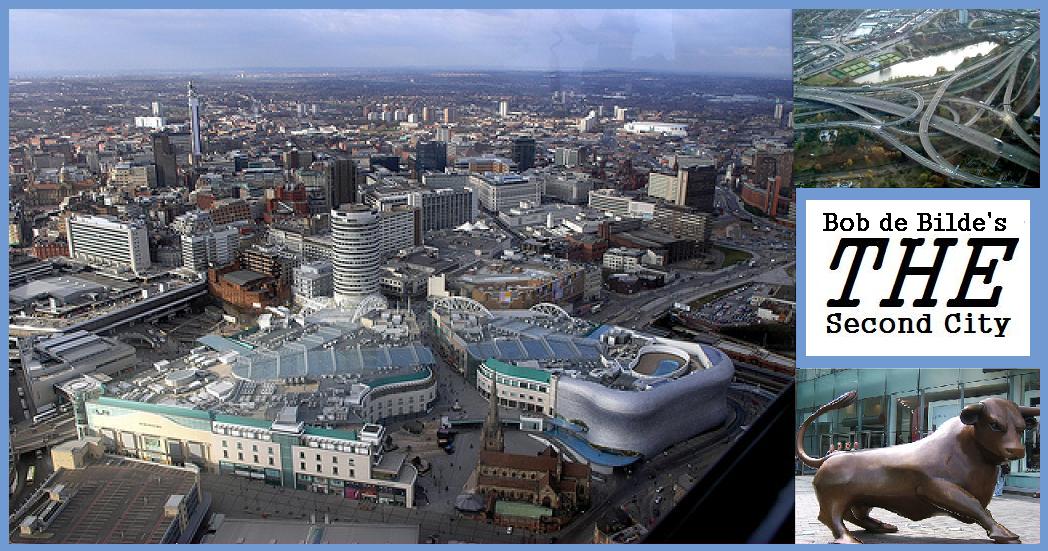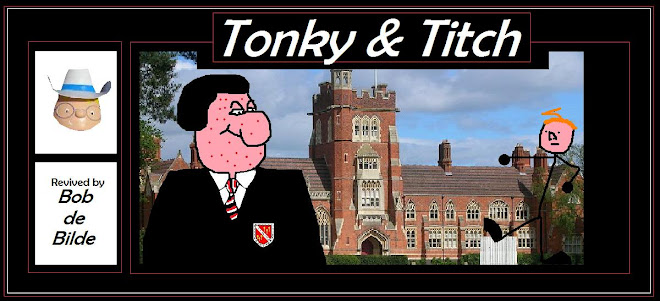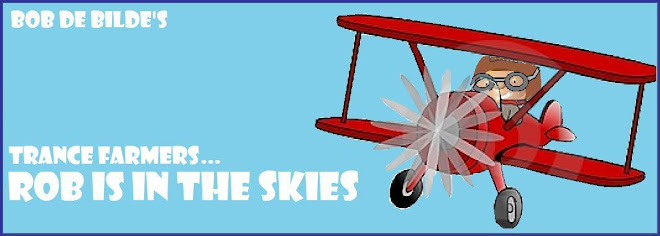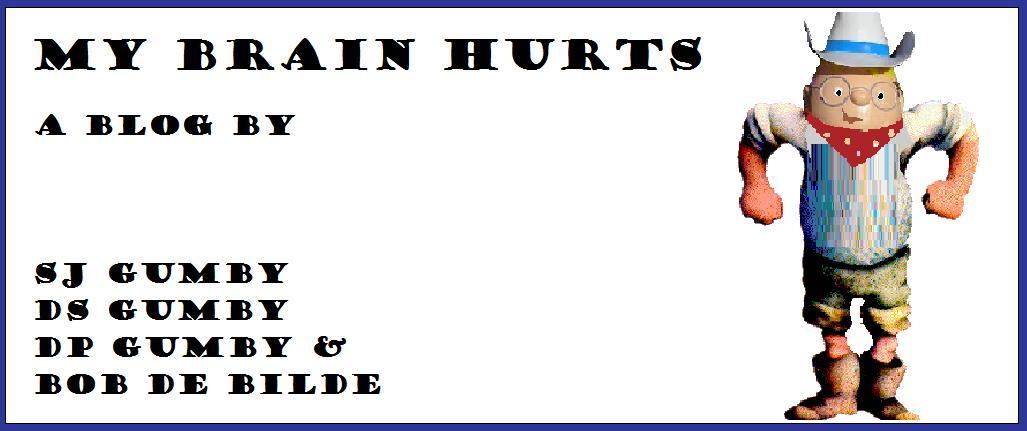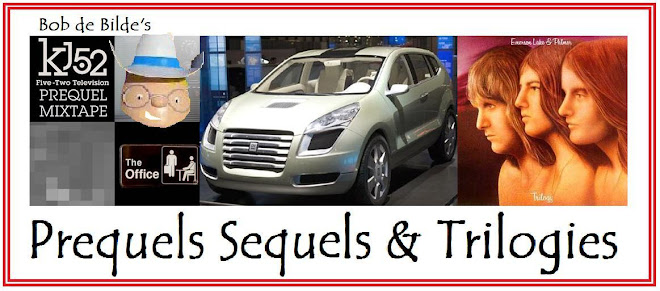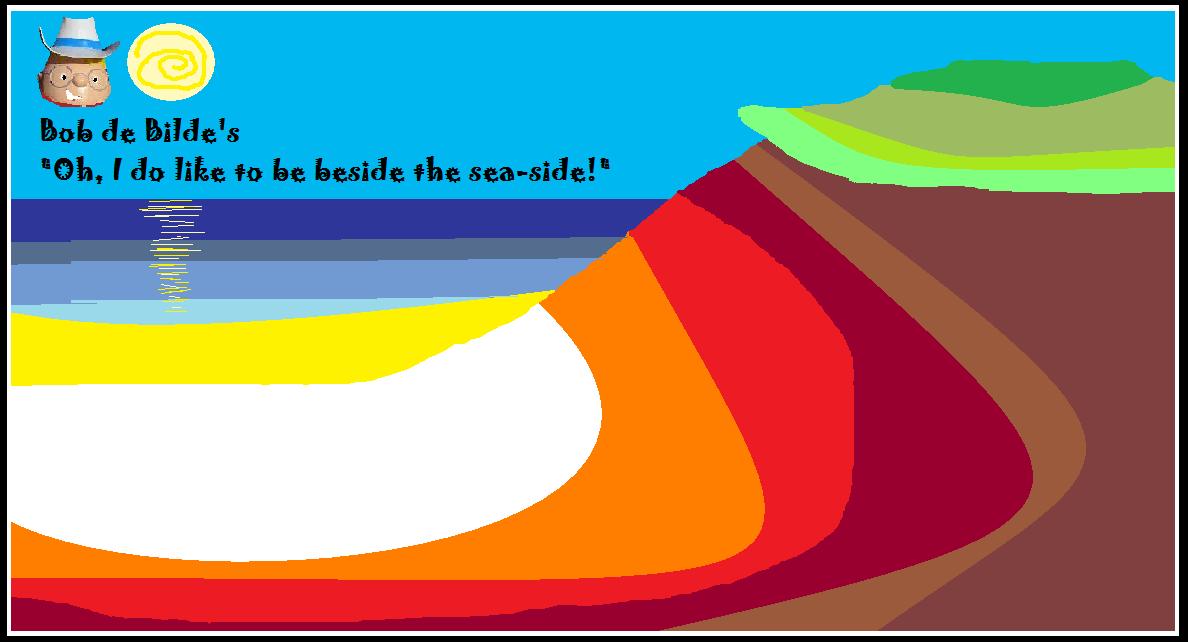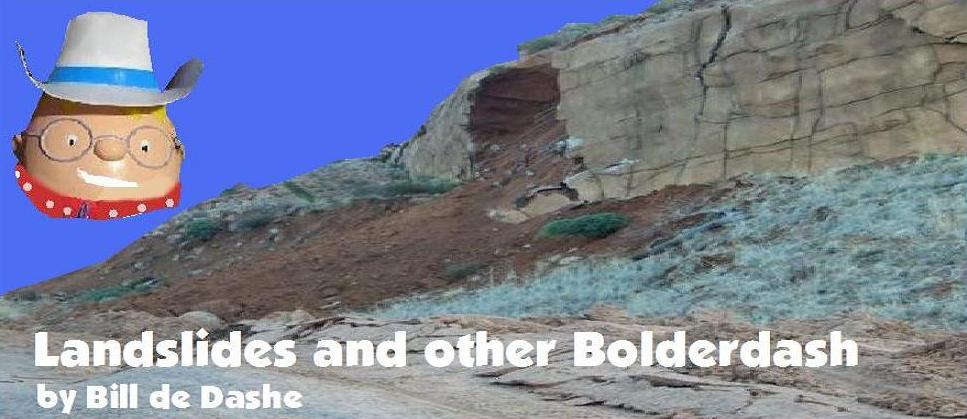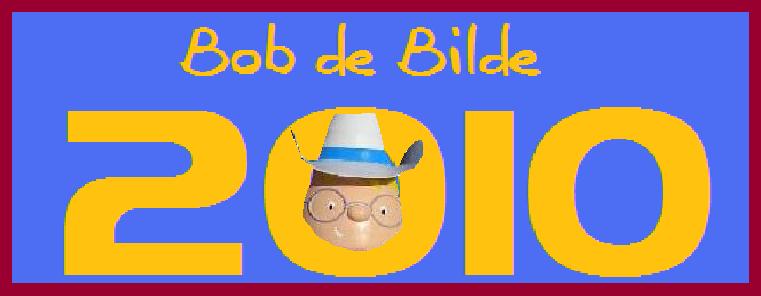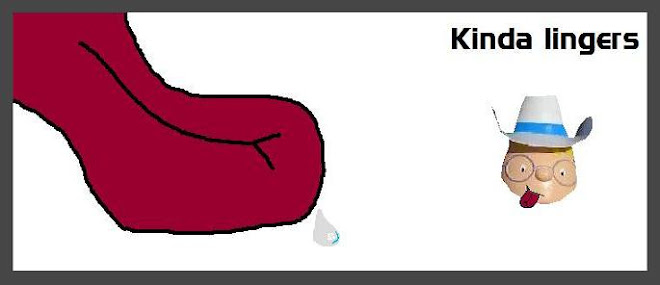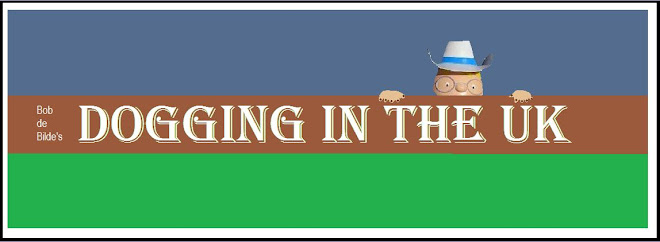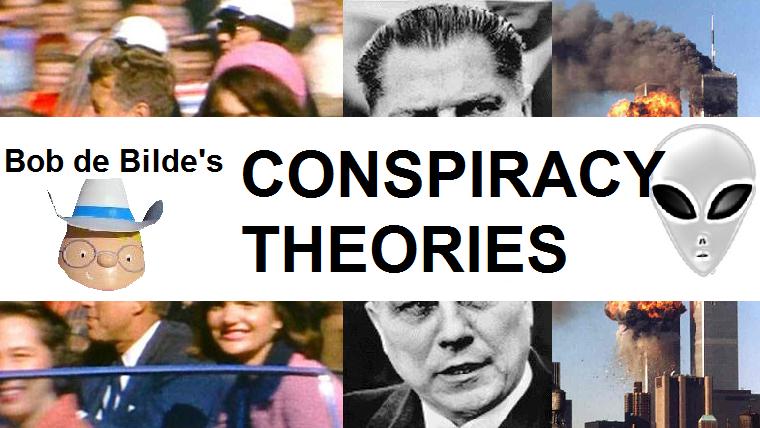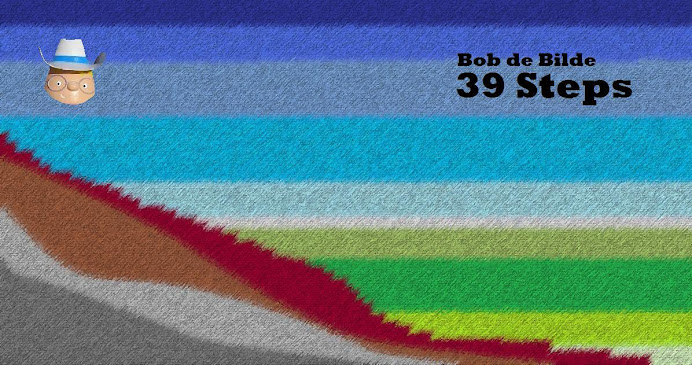
An Ames room is a distorted room that is used to create an optical illusion. Probably influenced by the writings of Hermann Helmholtz, it was invented by American ophthalmologist Adelbert Ames, Jr. in 1934, and constructed in the following year.
An Ames room is constructed so that from the front it appears to be an ordinary cubic-shaped room, with a back wall and two side walls parallel to each other and perpendicular to the horizontally level floor and ceiling. However, this is a trick of perspective and the true shape of the room is trapezoidal: the walls are slanted and the ceiling and floor are at an incline, and the right corner is much closer to the front-positioned observer than the left corner (or vice versa).
As a result of the optical illusion, a person standing in one corner appears to the observer to be a giant, while a person standing in the other corner appears to be a dwarf. The illusion is convincing enough that a person walking back and forth from the left corner to the right corner appears to grow or shrink.
Studies have shown that the illusion can be created without using walls and a ceiling; it is sufficient to create an apparent horizon (which in reality will not be horizontal) against an appropriate background, and the eye relies on the apparent relative height of an object above that horizon.
Ames' original design also contained a groove that was positioned such that a ball in it appears to roll uphill, against gravity. Richard Gregory regards this apparent "anti-gravity" effect as more amazing than the apparent size changes, although today it is often not shown when an Ames room is exhibited.
He speculates that "magnetic" hills or "gravity" hills can be explained by this principle. For a magic mountain at an unnamed location in Scotland, he found that row of trees form a background similar to the setting of an Ames room, making the water in a creek appear to flow uphill.
For Gregory, this observation raises particularly interesting questions about how different principles for understanding the world compete in our perception. The "anti-gravity effect" is a much stronger paradox than the "size change" effect, because it seems to negate the law of gravity which is a very fundamental feature of the world. It seems counterintuitive that the expectation "rooms are rectangular" can override such a fundamental experience. In contrast, the apparent size change is not such a strong paradox, as we do have the experience that objects can change size to a certain degree (for example, people and animals can become smaller or larger by crouching or stretching).
A type of selective perceptual distortion known as the Honi phenomenon causes some married persons to perceive less size distortion of the spouse than a stranger in an Ames room.
The effect was related to the strength of love, liking, and trust of the spouse being viewed. Women who were high positive in this area perceived strangers as being more distorted than their partners. Size judgements by men did not seem to be influenced by the strength of their feeling toward their spouse.
Further study has come to the conclusion that the Honi phenomenon does not reliably exist as first thought, but may be explained as sex difference influencing perception, with women interpreting a larger reading as a more meaningful or valuable perception of things than men's.
The Ames room principle has been used widely in TV and movie productions for special effects when it was necessary to show actors in giant size next to actors in small size. For example, production of The Lord of the Rings film trilogy used several Ames room sets in Shire sequences to make the heights of the diminutively-sized hobbits correct when standing next to the taller Gandalf.
When used for special effects, the viewers will not see that an Ames room is being used. However, a few times an Ames room has also been shown explicitly. An Ames room is depicted in the 1971 film adaptation of the Roald Dahl novel Charlie and the Chocolate Factory. The 1960s television show Voyage to the Bottom of the Sea used an Ames room in one episode to show, rather than just declare, an attempt to make two characters (one standing on each side of the room) lose their minds.
The video for "The Denial Twist" by The White Stripes employs an Ames room and other techniques of forced perspective.







